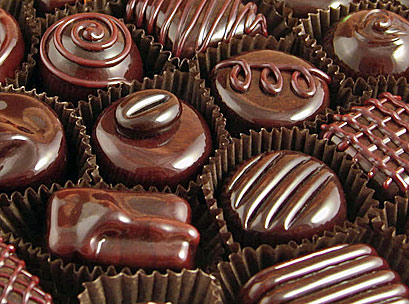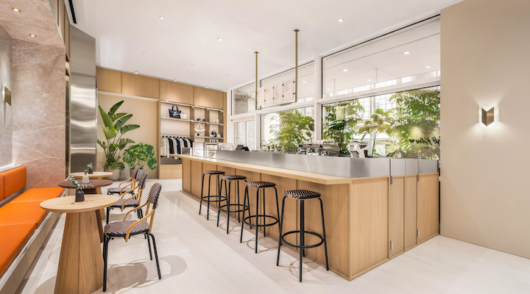India’s love of chocolate is booming, says new report from market research firm Mintel.
The report says India is the fastest growing chocolate market globally, posting the largest increase in volume sales with 21 per cent growth between 2008 and 2011.
Chocolate consumption in India has more than doubled since 2008, with sales increasing from US$418 million to US$857 million. Volume has grown strongly too in the past few years, to reach 88,000 tons in 2011, up from 50,000 in 2008. This equates to a per capita consumption of 70 grams in 2011, up from 40 grams in 2008.
While domestic consumption in India remains low when compared with other more mature markets such as Germany at 8kg per head, or the UK at 6kg, there is huge potential for the Indian chocolate market to grow even further.
“Chocolate consumption in India has seen an incredible growth rate in the past few years, especially in urban and semi-urban areas,” said Deepa Dsouza, trend and innovation consultant at Mintel.
“Until a few years ago, chocolate confectionery was considered a premium in comparison to sugar and gum confectionery, but major players in the market have found channels to manufacture and distribute their products at more affordable prices than before,” added Dsouza.
This has given the Indian consumer an array of choice whilst giving manufacturers a level playing field to compete, especially in the premium and ‘affordable premium’ segments. Local companies are much smaller in volume and operate at more regional levels, says Dsouza.
The chocolate confectionery industry has been quick to respond to this untapped market opportunity, especially in launches of premium lines.
Seasonal launches have proven particularly dynamic across the market, with a 300 per cent increase between 2008 and 2011, accounting for seven per cent of total launches in 2011 against two per cent in 2008.
“Consumers are trading up to luxury and premium chocolate, which has given an opportunity to international brands to enter the Indian market and increase their penetration by creating an affordable premium space for the aspirers,” said Dsouza.
Many Indian consumers consider chocolate assortment boxes to be premium and to be more hygienic and longer-lasting than traditional Indian sweets. This mindset has contributed to increased sales as the popularity of seasonal gifting of chocolate, particularly during Diwali, has grown in recent years.
However, the chocolate confectionery market in India is facing challenges, such as keeping costs low for mass markets and health issues.
“The key challenges that the chocolate market is facing in India are inflationary pressures on raw material prices, lack of government initiative, high entry barriers due to duopolistic markets and price-sensitive consumers. Rising sugar and cocoa prices are also putting pressure on companies to innovate with ingredients and packaging to offer better prices for the mass market.”
Moreover, as the chocolate confectionery category suffers from being associated with negative health, brands are working to manage this perception and introduce elements of enhanced health messaging.
According to Mintel’s research, new product development with antioxidant claims grew 400 per cent in the past four years (2008-2011) and low/no/reduced transfat, low/no/reduced calorie and diabetic claims all posted 200 per cent growth in the same period, suggesting that the prospects for market growth in this segment are positive.
While the Indian chocolate confectionery industry is thriving, more mature chocolate markets across Europe are experiencing a slowdown. For example, in Germany volume consumption declined from 770,000 tons in 2008 to 700,000 tons in 2011, and in the UK it fell from 362,000 tons in 2008 to 350,000 tons in 2011.
Other key markets for the chocolate confectionery industry posted steady but slow growth, as for example in Italy where the market grew from 98,000 tons in 2008 to 104,000 tons in 2011.
“India is a major focus of interest for chocolate confectionery manufacturers as the more mature western markets begin to slow. Major players, including Mondelez, Nestle, and Mars, are making efforts to establish a strong presence in the Indian market,” said Marcia Mogelonsky, director of insight at Mintel food and drink.
GB






